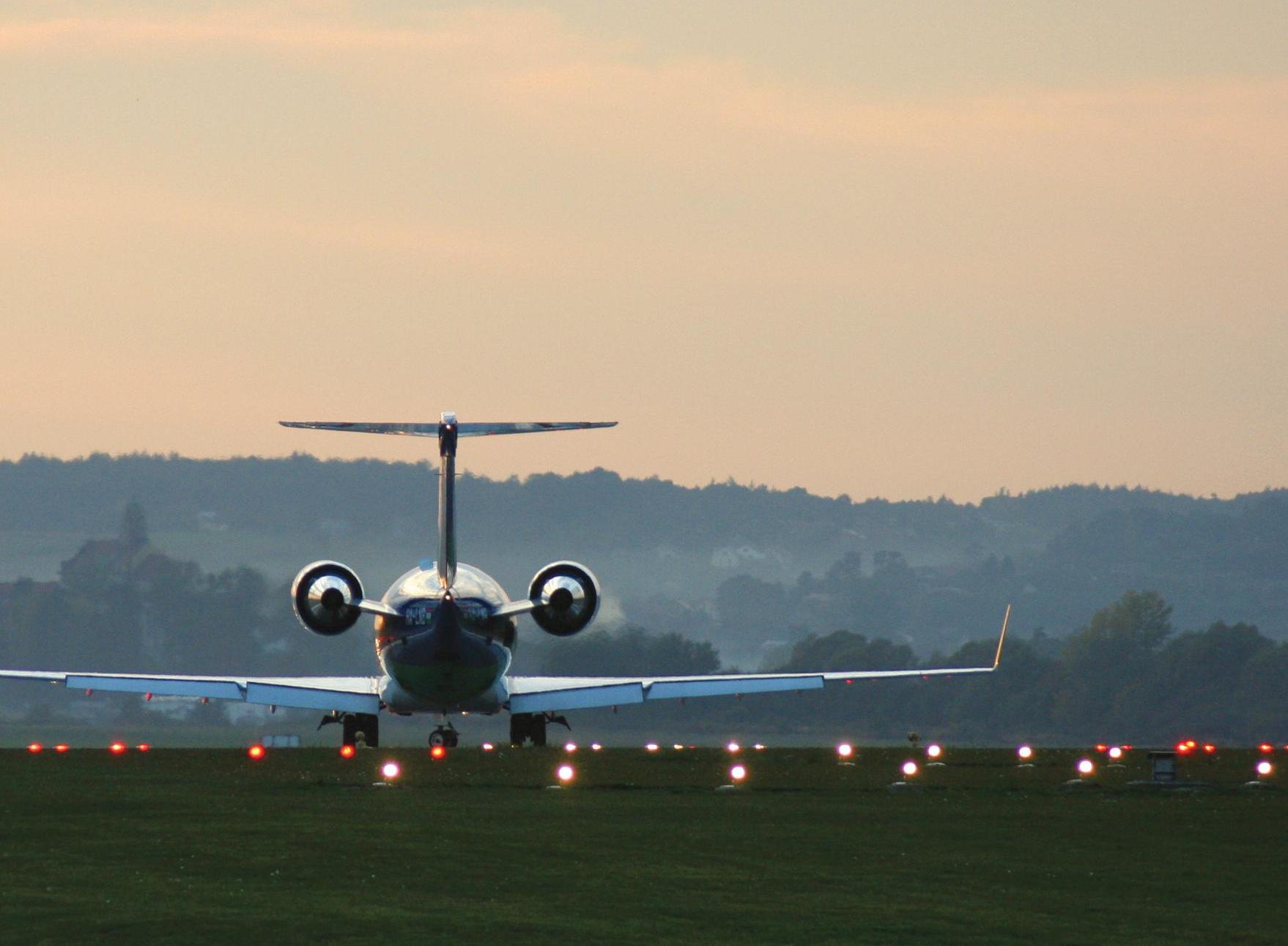
3 minute read
How to Optimize Human Performance on the Flight Deck
In a world of automated systems aboard the business jet flight deck, why is human performance still such an important factor, and how can flight crews work towards improving their own performance? Mario Pierobon speaks with Antonio De Marchi, a Senior CRM Trainer…
Advertisement
Human performance provides a significant contribution to maintaining or improving safety in Business Aviation operations. For example, pilots may plan ahead for threats and errors, or provide solutions to these by deploying abnormal and emergency procedures when necessary.
However, human performance is characterised by limitations which can have a negative impact on safety in the flight deck.
We ’ll review some human performance limitations within Business Aviation and explore the strategies to optimize human performance in the flight deck –including the use of resources; the development of non-technical skills; and the practice of operational risk management.
What are the Human Performance Limitations in BizAv?
Common examples of human performance limitations within Business Aviation operations are the loss of situational awareness, according to Antonio De Marchi, a Senior Crew Resource Management Trainer. “These may arise at any time, and problem-solving and decision-making may be impaired as a consequence of the loss of situation awareness.
“If a pilot is performing an approach in bad weather conditions, the same pilot can experience socalled ‘tunnel vision ’ , and may focus on maintaining certain parameters (such as speed and pitch), but lose other parameters, such as altitude and thrust setting. ”
In the history of Business Aviation, one of the key ways to address human performance limitations has been through the apparently endless upgrading of aircraft technology, and in particular via the automation of tasks on the flight deck. Electronic checklists, electronic navigation and en-route charts, vertical navigation displays, predictive windshear detection systems, and more, all bear witness to this.
Situational Awareness
While the intent of the developers of automated technology is to support improved situational awareness of crews, the end result frequently leads to pilot complacency, reducing – and sometimes even losing – situational awareness.
Automation should not merely be seen as a means for creating reduced pilot workload: It should ultimately lead to more efficient workload management.
“If, for example, pilots have to cope with unreliable

airspeed indications during cruise, it’ s important to immediately disengage the autopilot and the autothrottle/auto-thrust and revert to basic flying skills like pitch and power, ” De Marchi says.
“It is important that pilots are aware they will always have opportunities to reduce the level of automation during normal operations. They should treat automation with a measure of detachment, and be ready to intervene manually when needed.
Optimizing the use of Resources
One core strategy for improving situational awareness (and thereby optimizing human performance on the flight deck), is to make the most of the human resources available. Even in a single pilot operation, it’ s possible to improve situation awareness by providing for an extra ‘ pair of eyes ’ …
A second pilot can be on the flight deck when a trip requires a flight into an unfamiliar airport, or in marginal weather conditions. And that extra pair of eyes doesn ’t necessarily have to be a pilot. It could be a technical crew member, or a dispatcher with a good knowledge of aircraft operations who can help identify hazards ‘live ’ , and/or simplify the management and conduct of tasks in the flight deck.
“This contributes to reduce the workload and improves situation awareness, ” De Marchi notes. “Having another person onboard can also help to deal with possible pilot incapacitation.
“The other person on the flight deck can help the pilot feel psychologically at ease, simply because they may intervene with help if needed.
Non-Technical Skills
Another important strategy would be to focus on developing situational awareness in training, and developing non-technical skills in general. These are interpersonal skills that cover the social and cognitive component and complement the technical skills, making them more effective and efficient.
Communication is one of the non-technical skills that can significantly optimize human performance on the fight deck. “Standardised checklists provide ways for improved communication quality, and should be thoroughly practiced, ” De Marchi suggests.
“Oftentimes checklists can have very few items –sometimes even only three – and pilots may develop the habit of conducting the checklist mnemonically. Because of this habit, it becomes easier to forget – or not to conduct one or more items in the checklist.










